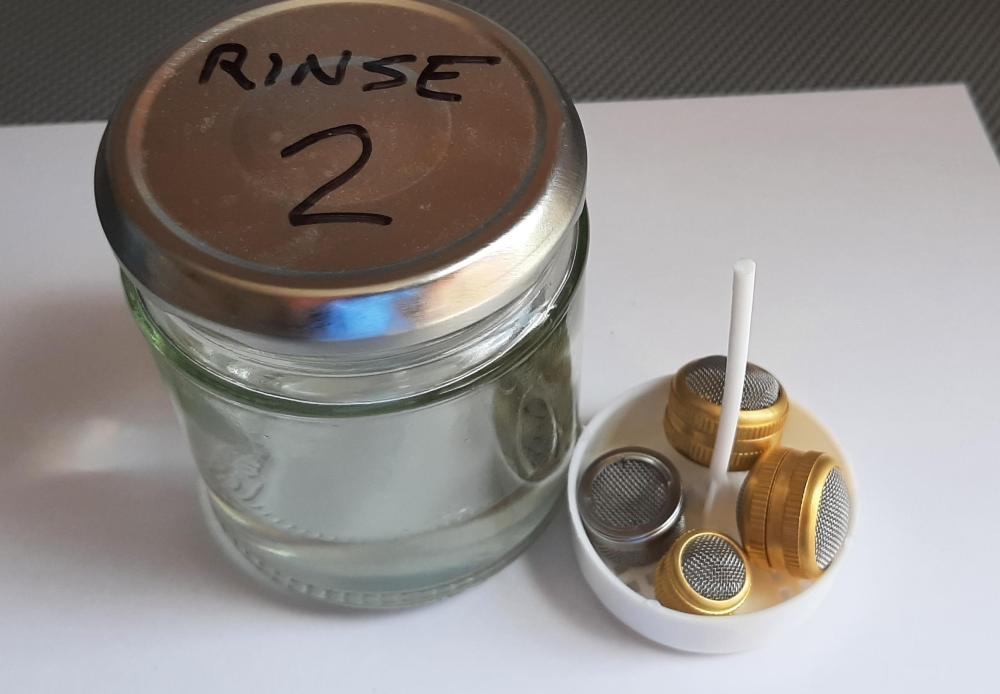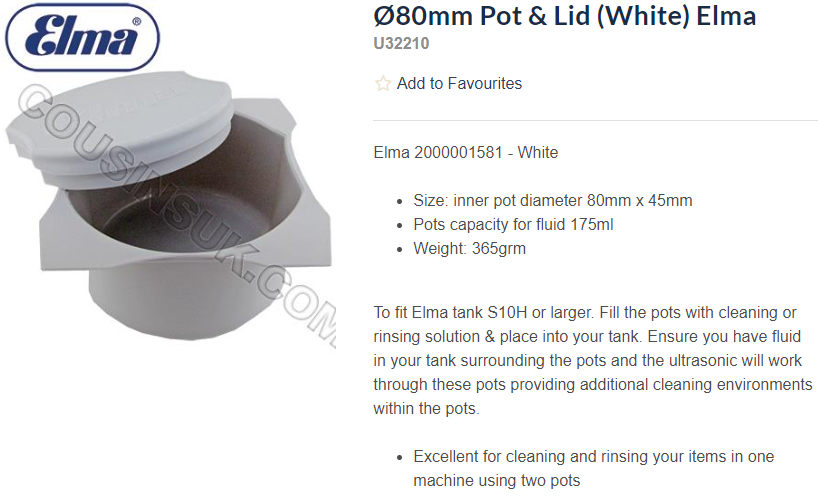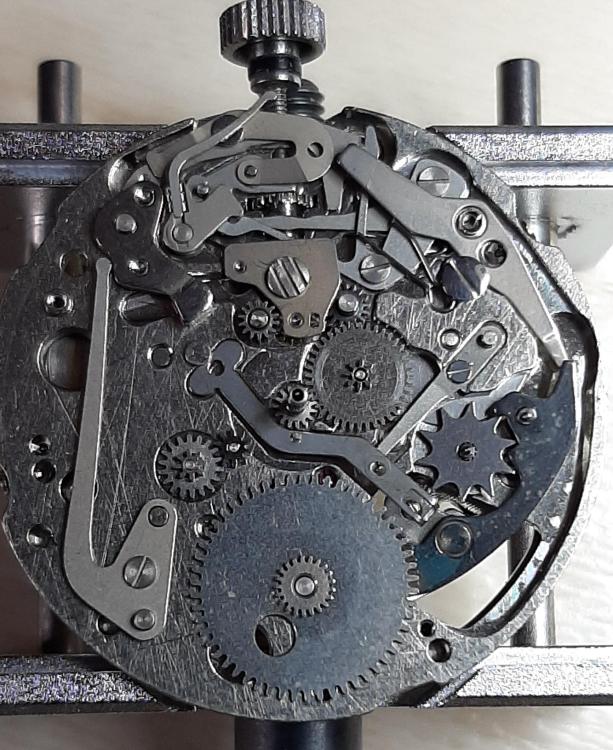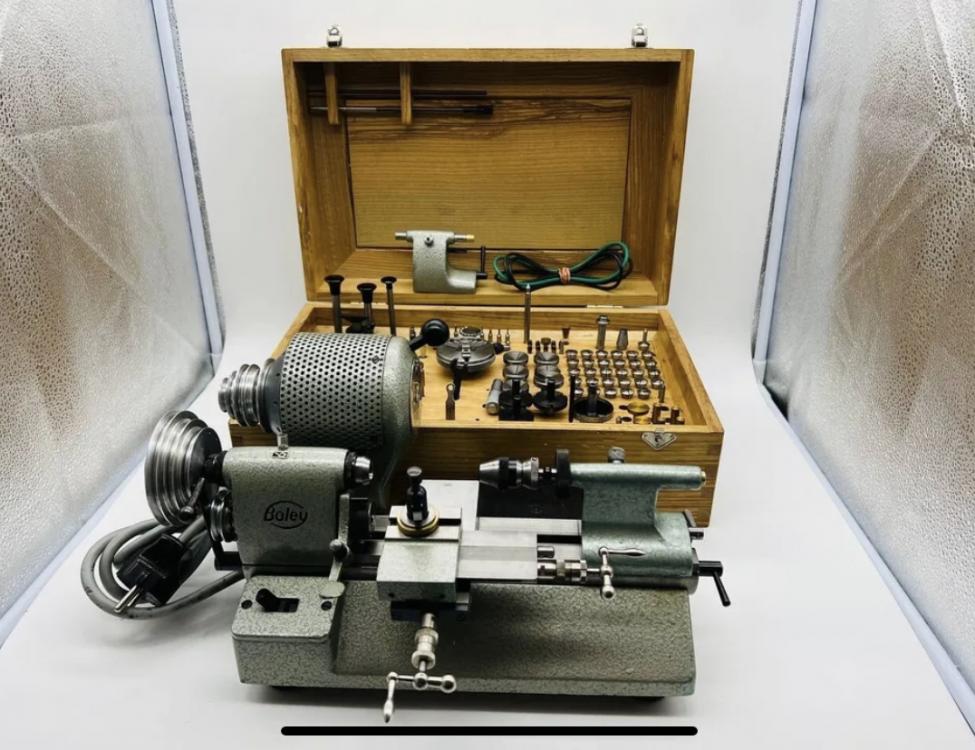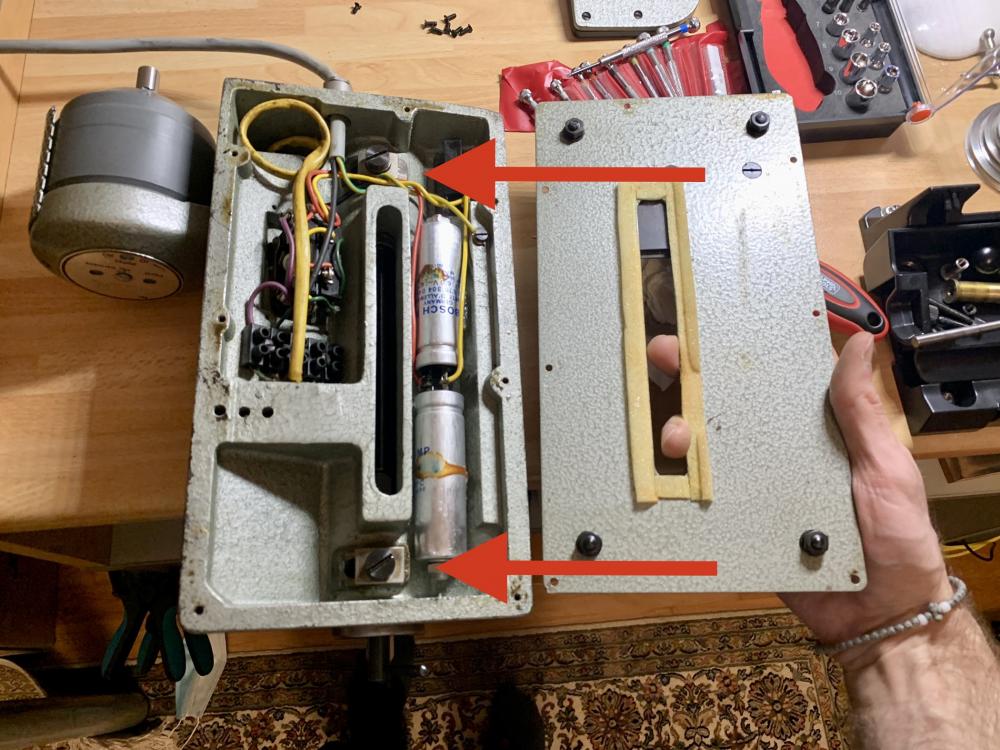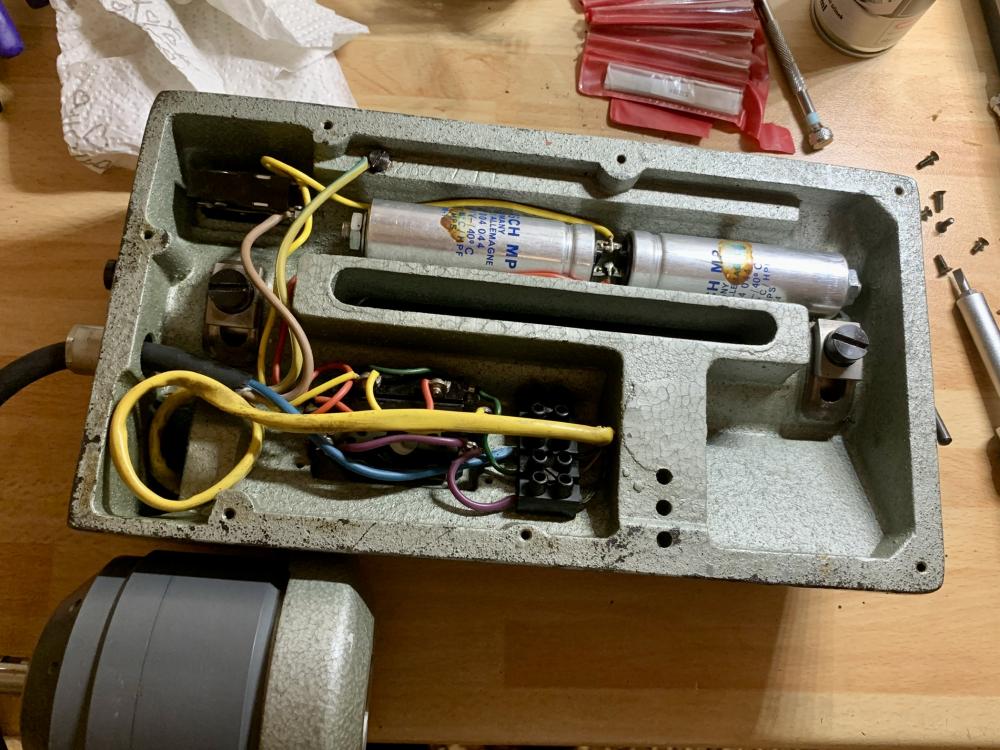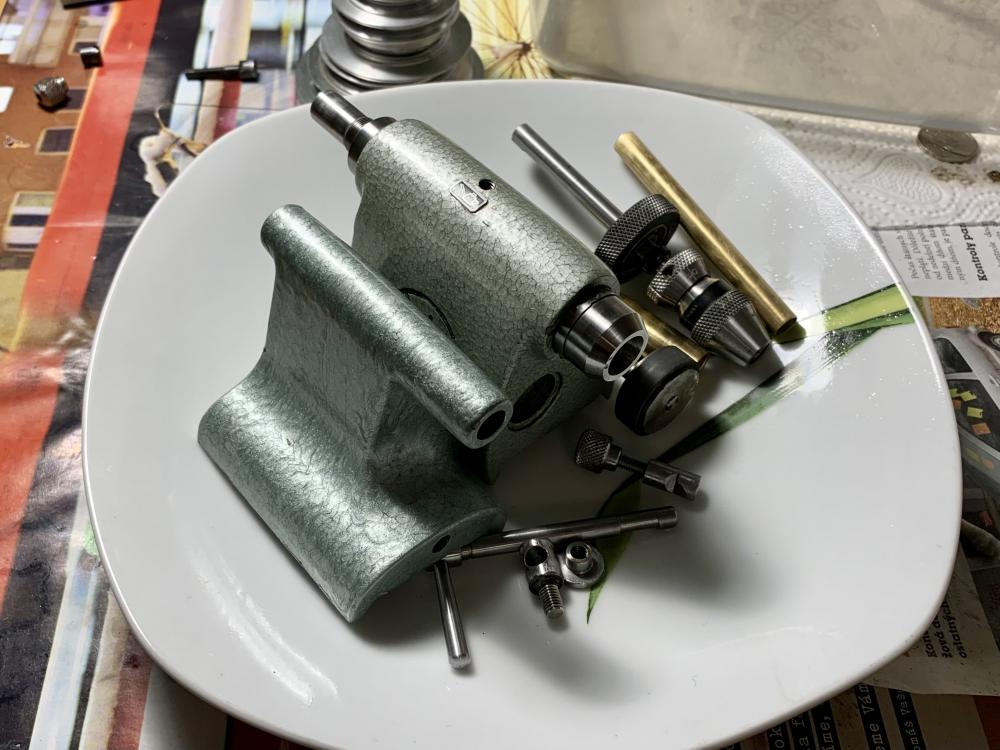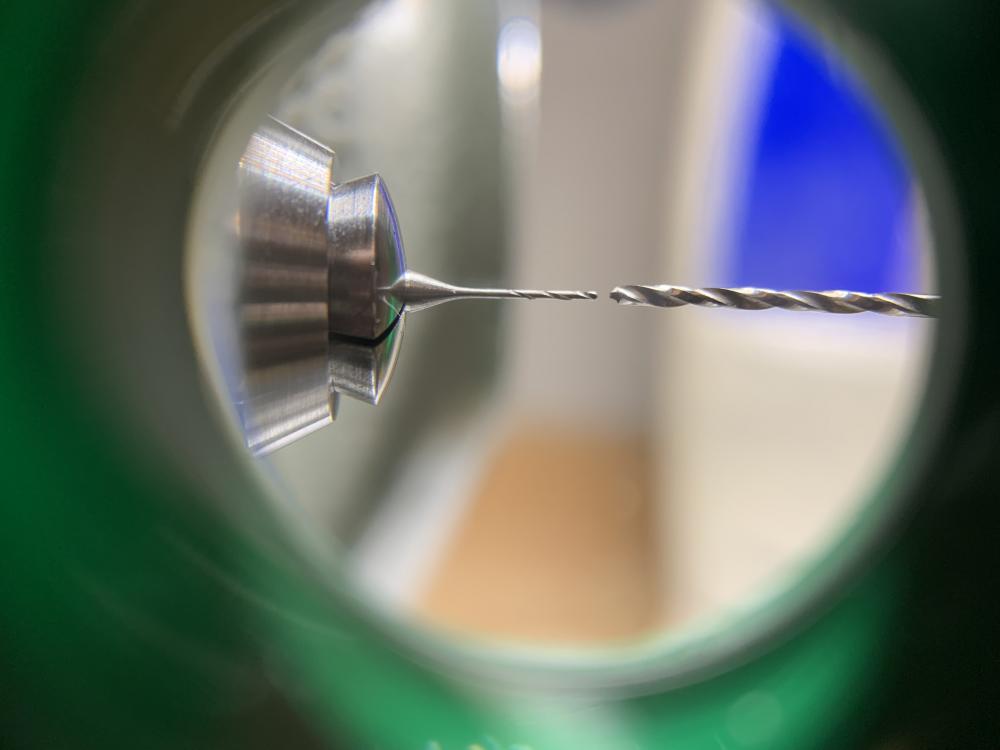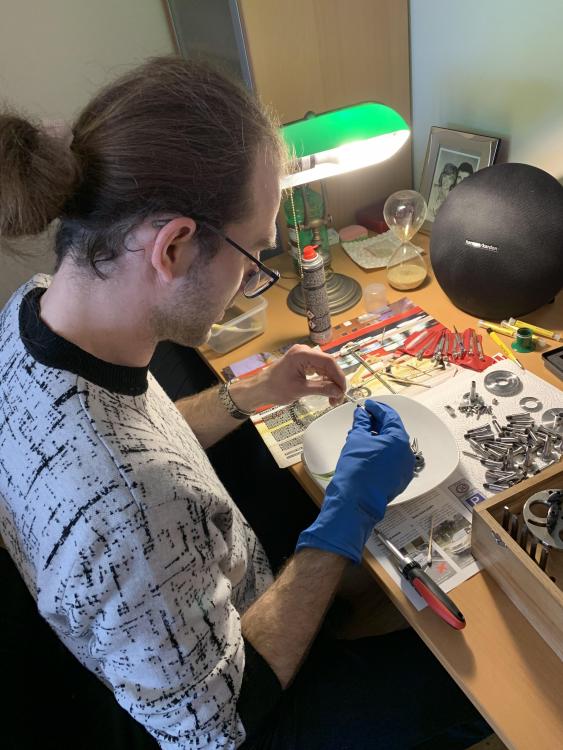Leaderboard
Popular Content
Showing content with the highest reputation on 08/17/23 in Posts
-
Hello everyone, Well it has taken a while, but I have completed the first draft at my watch database and as promised I have made it available for anyone to use/edit/re-distribute completely free of charge, download link here Please remember that I am not a professional and I do this as a hobby, so any constructive comments and suggestions are welcome. For now, you will need libreoffice to open/use it (which is free) link here, I plan to port to MS Office in due course. When you download you will get a window like this, if Forms is not already selected (in blue below) please select it. You need to double click on the form, see circled red below: Then the form will open: I have populated the first record with some dummy data just as an example, please overwrite this with your first watch record, you can add a new record by pressing the forward button (circled in red above) and move between your records by using the forwards and backwards buttons. To add a picture, just double click on one of the picture boxes and you should get a box asking you where the picture file is located. I am sure there are errors and it needs some polish, so lets call this an early beta version - please let me know what you think. Forgot to mention, no fields are mandatory, except the ID field (top left) just make it the next number in sequence, so you can add as much or as little data as you want Sorry I missed this comment in the current draft, you could add this in the notes section until my next revision.2 points
-
I've been learning this wonderful hobby for 21 month. Still learning. However, I now feel confident enough to tackle my first major project. Seiko Bellmatic 4006. Just arrived form the seller. Started the disassemble. Need parts. Beginning the source. Stem, crown, pusher and stem, setting wheel holders and may be a new alarm setting wheel. Phew! But as said, I do feel confident enough to start and complete the restoration.1 point
-
Ross, you probably already have the Seiko casing guides? If not, follow the link below. You can find the crystal number (and other case parts) in them.1 point
-
normally this is wonderful advice except. The normal and modern watches one of the complications that comes up is how to get the old mainspring back into the barrel either people do it by hand or they need mainspring blinders. But the end of your mainspring is a T end and mainspring winder is the best as it's a brand-new mainspring and you are to shove it out of the ring the little T part will never stay in the whole and when you get there also give you a picture on how to put it back in with mainspring winder. Because otherwise a great quite a challenge and lead to a lot of frustration which occurred recently on another discussion group until we told them how to do that. yes one of my amusements is if you actually look at the breakdown of the message board and you come to the board with I have a watch that needs servicing ideally if you followed the categories your watch would get discussed a whole bunch of different sections which is nice for people that are obsessed with things going in little boxes but as long as nobody rocks the boat nobody cares in a discussion as long as this related to the discussion and doesn't go off in the other silly things. What's interesting though is your mainspring barrel is nice and clean inside is no signs of lubrication at all? This is a vintage watch and there's no vintage lubrication I'm assuming that maybe it's been serviced in the last quite a number of years? Typically with modern mainsprings there's considered to be free lube at all actually say that some of the packages but usually we do put some lubrication on. usually used for cleaning the watch case band parts etc. probably not what I would recommend for the watch itself. They do make water-based cleaning products for watches but I have a problem with water-based cleaners for watches but people do do it on the group. Then as you're discovering one of the problems is if you were to purchase anything resemble commercial fluids you end up with a lot of commercial fluids. Which tend to be expensive although in this country you can order watch cleaning fluids from Amazon which I do find quite amusing as it's an easy way to get the cleaning fluid and the cleaning rinse if you do a search of the group they do talk about alternatives to lighter fluid on the other hand since you're going to do a follow-up rinse with I PA then it probably won't be an issue. Lighter fluids can have additional products which aren't always desirable in other words not bad from a cleaning point of view except if you didn't do a rinse they would leave residue behind that would help oil the spread possibly. Except of course lighter fluid is the universal choice of cleaning products on the discussion group.1 point
-
Here is a color copy along with an oiling guide. Seiko-4006A_TECH.pdf Seiko-4006A_TECH_Oil.pdf1 point
-
I disagree. I have used regular jam jars (they are not thick) in the ultrasonic cleaner for years, and they are absolutely fine. I used to use thin beakers, but I now use jars with lids to reduce the smell. I didn't notice any difference in cleaning when I switched to jam jars. ( 5mins cleaner, 2 x 3mins rinse) I put the parts in small mesh containers, sat in a plastic tray to make moving them easier. Also I have used contact lens cases to clean the balance jewels for years. The cleaning is fine for jewels, but I probably would not clean other parts in them. If you try it without a lid (the water gets in) you can see the jewels bouncing around, so the ultrasonic does get through OK. You can label them to keep upper and lower apart. I put literally 2 drops of solution in, and the case floats on the water. I have not seen any degradation of the plastic cases due to the solutions. The containers and lids the cleaning solutions come in are of similar plastic, as are the trays I use. An Elma think plastic pots are fine :1 point
-
1 point
-
long time ago this would've been so much simpler when I had access to Swatch group but the source that I had no longer has access so were stuck with cousins. The old case numbers are interesting that's not actually a decimal point in the number. it's why normally if you what the cousins and search for the number it only really want a search for the first three numbers or the modified version like I have at the link below. Then there's a problem with omega case numbers that case number fits a whole bunch of different material cases as a guess based on the number of PDFs C go through the PDF since even figure out what you're looking for I found that on one that said ST so maybe that stainless steel. https://www.cousinsuk.com/document/search?SearchString=Omega+176.00071 point
-
Mikepilk It is because of you members that I am attempting this project. The guidance I have received has given me the confidence. As you rightly said many moons ago. Practice. I'm doing the case deep clean. It's looking good. Just trying to obtain the correct crystal. It's a crystal maze trying to figure out the correct Seiko numbers (pun intended). I only require a few parts, but my, are they expensive. For me anyway. Thank you for the photograph. I'm using YouTube's Weekend Watch Repairs video as my deep guide. Ross1 point
-
1 point
-
1 point
-
1 point
-
Fellow watchmakers and enthusiasts, I’m happy happy to inform you that after 3 years searching, I’ve finally found lathe that I could call “mine“. Just before Christmas popped out on eBay lathe for sale that caught my attention. It is Boley F1 from 1962 in very good condition and quite full set of tools with it. I was thrilled to win late night auction, finishing during my vacation in Budapest. Since it was seller with great feedback and reference from watchmaker I thrust I couldn’t mind to pay a bit more than was my limit. Basically, it was one of those moments when limit is just a rule that could and should be broken. Now I have it home and service is underway. Unfortunately I’m on another vacation in Tallinn and had to take a break from playing with my new love. “Precious” as I call it (yes I give names to all my loved tools) calls me, it wants to be with me and want to be with it :). I prepare post about service that I’ll post here, so if anyone is interested, stay tuned. Couple spoiler pictures attached PS: I’m searching for pivot support for tailstock, if anyone has one spare, let me know.1 point
-
Additionally, the energy from the ultrasonic transducers needs to be able to pass through the medium. Softer solids (like plastic) are poor transmitters of energy, and will not work very well. There was a thread recently re: a study/experiment regarding the transmissivity of various materials in US applications. You can still get where you're trying to go, it just takes longer. The worse the energy transmission, the longer you have to leave it in there.1 point
-
The illustration John showed illustrated it perfectly. Anyway, thanks for clarifying! I'll edit my post now or I'll never stop thinking about it.1 point
-
Hiya Mike. Contact lens cases are great for storage of small parts but i wouldn't use them for cleaning. They may not seal tight enough to prevent water getting into the case, depending whether they float or not but even so. And the plastic of the case may react with lighter fluid. Some plastics and rubber does degrade with naptha and could leach some composition into the cleaning fluid Some use those tiny glass jam jars, personally i prefer a larger glass jar with a parts holder inside loaded with a few mesh baskets.1 point
-
a lot of this depends upon the particular watch but usually the balance wheel comes out first. Followed by the pallet fork and everything else. then for reassembly something I was find very humorous is people will put the pallet fork in first. I usually like to put all the keyless of the winding components together first then the gear train followed by the pallet fork and then finally the balance wheel. If you insist on putting the pallet fork in first you have no idea of the freedom of the gear train and it makes it basically really hard to put the wheels in. the reason you see these weird practices is because people embrace very rigid of the order that things need to be done. If you do things in the wrong order you may have to take the watch apart because some stuff does have to go in specific orders but it can vary with some watches.1 point
-
@Waggy I tried something similar to what you had suggested with a flake of shellac in One Dip while back. I left the flake of shellac in the One Dip for about an hour. It didn't dissolve the flake of shellac, but it did make it soft and malleable (and still was so an hour after I removed it from the One Dip). I don't know if heat applied to the shellac flake would have boiled off the One Dip and allowed it to harden again, but it certainly altered it's state. I should have left the flake overnight out of the One Dip to see if it would have hardened on it's own, but I didn't think to try that at the time.1 point
-
1 point




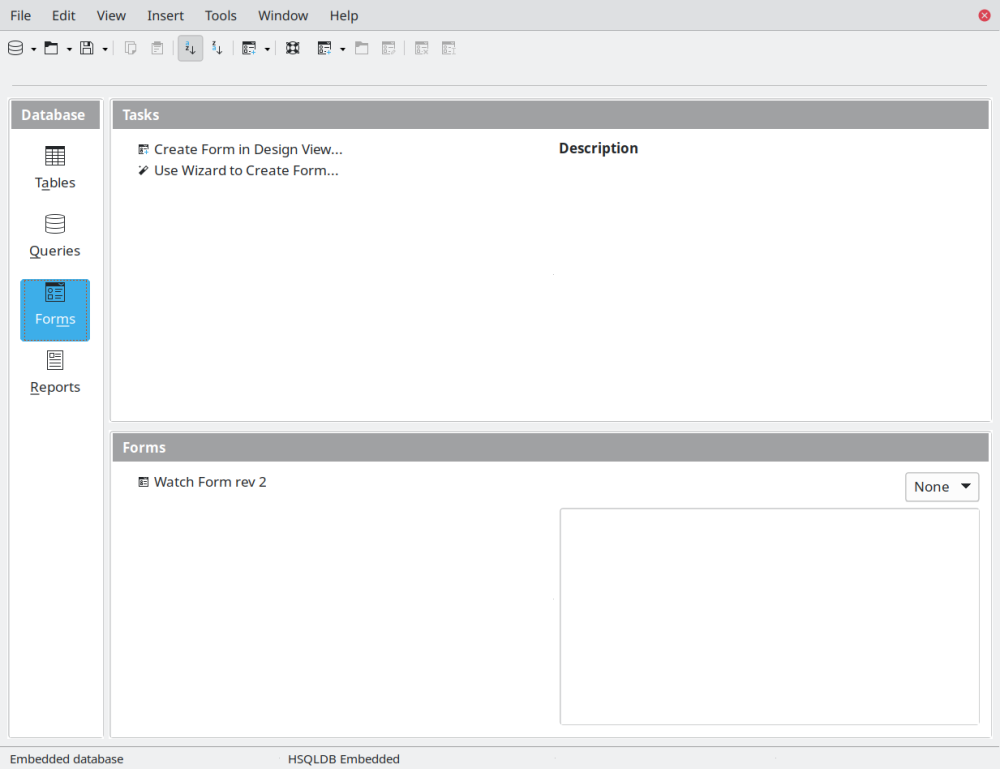
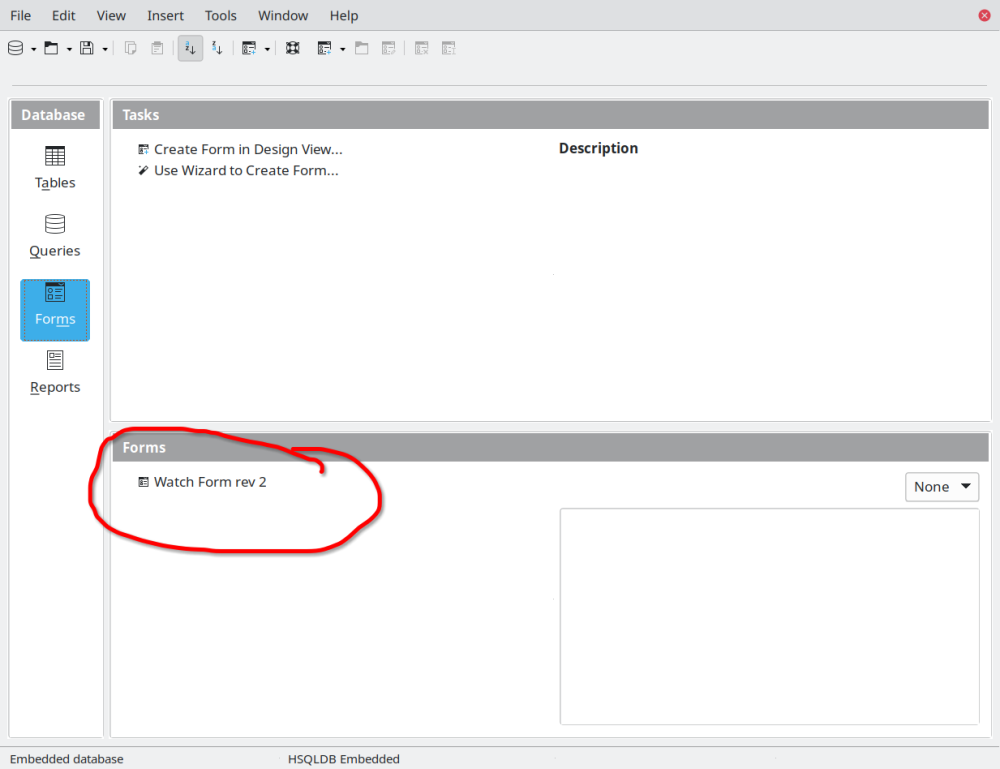
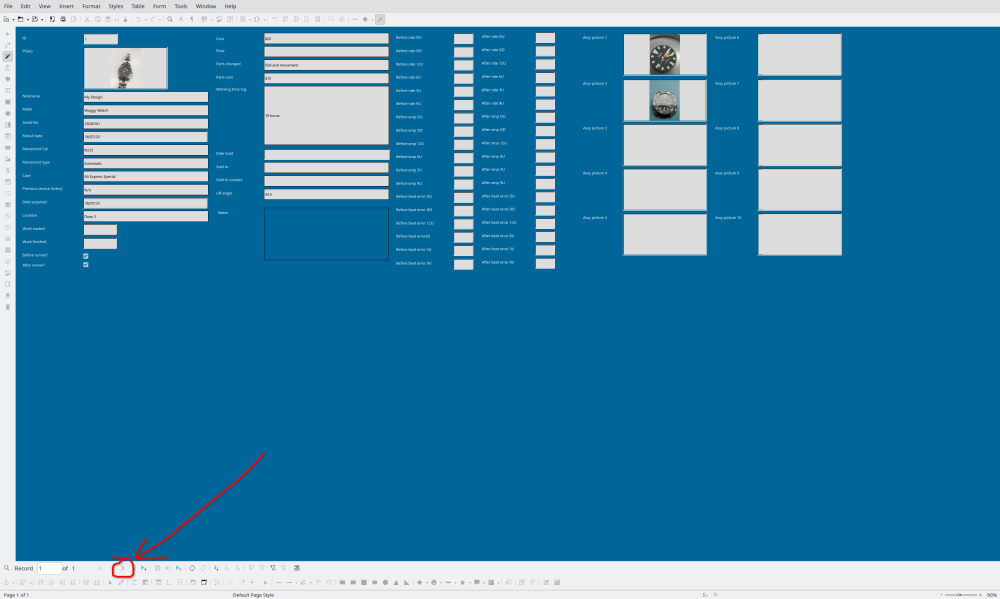
.thumb.jpg.2238215abb0bc0183061297482ba237d.jpg)
.thumb.jpg.45c97b5e8961bd24ce4d2efb37292a9b.jpg)
.thumb.jpg.5e949b9ea0c27242835579a5bae70599.jpg)
